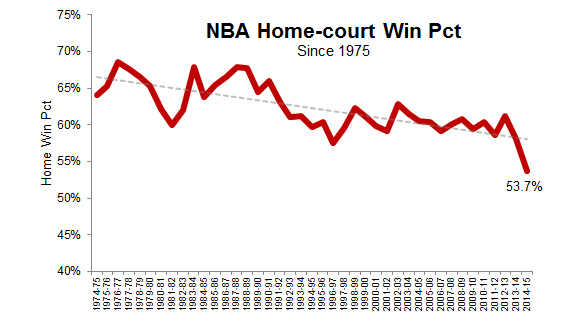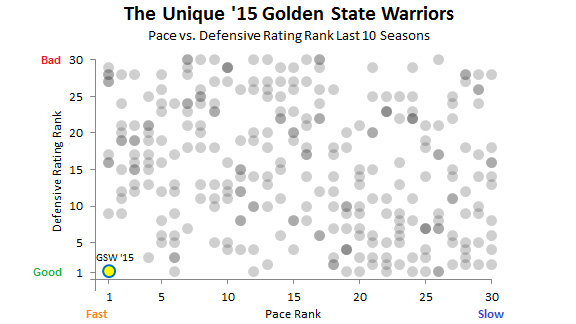shoeking2101
Banned
- 19,736
- 2,456
- Joined
- Sep 1, 2007
Flip has done a great of getting Wiggins in positions where he doesn't have to put the ball on the ground to score. His play in the post as the season goes along has been something to marvel at. A 19 year old playing out of that position is something I love.
Said this in the NBA thead, JJ Reddick has quietly become the 2nd best shooter in the NBA this year after Kyle Korver. Take away his first four games in which he was uncharacteristic by his standars shooting the ball, he's Shooting over 46% from 3 on almost 6 attempts per game, and is posting a career high TS at over 62%.
Said this in the NBA thead, JJ Reddick has quietly become the 2nd best shooter in the NBA this year after Kyle Korver. Take away his first four games in which he was uncharacteristic by his standars shooting the ball, he's Shooting over 46% from 3 on almost 6 attempts per game, and is posting a career high TS at over 62%.










